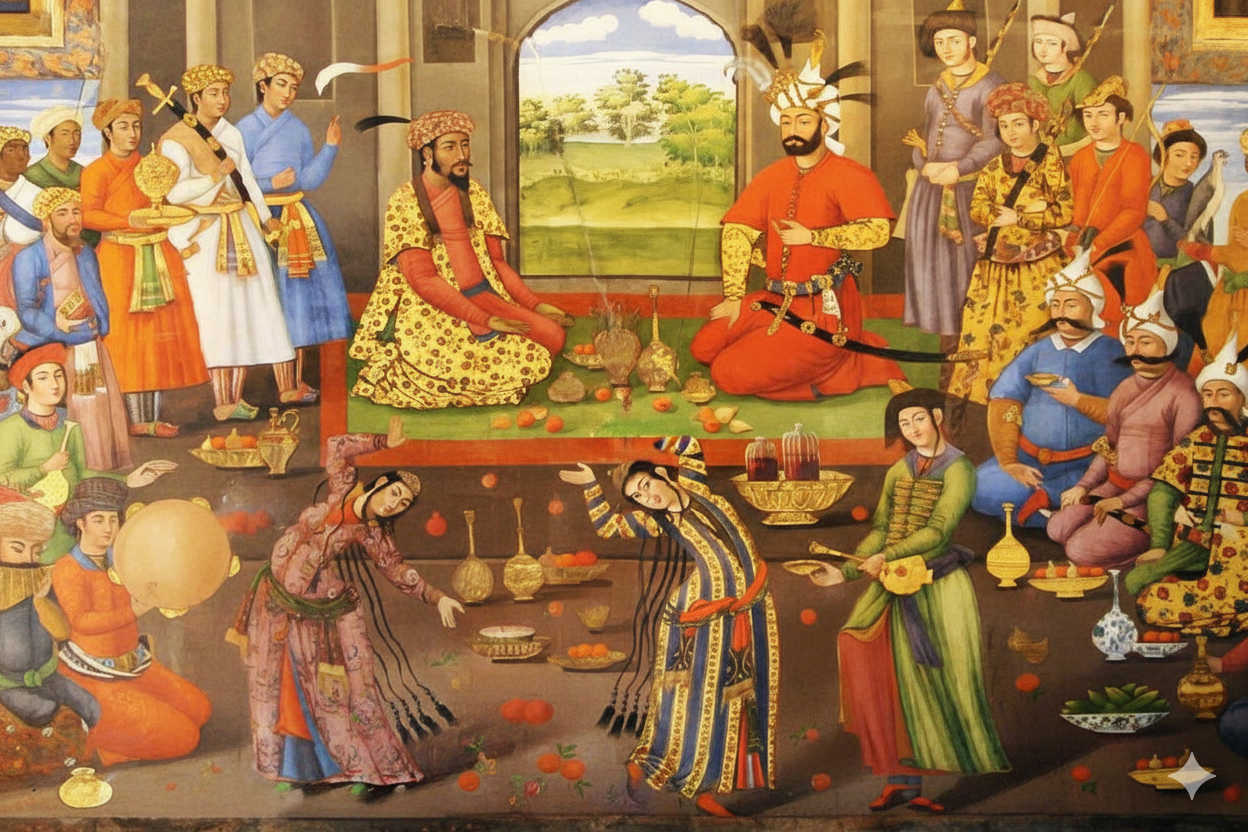Mehregan (also known as Jashn-e Mehr) is an ancient Iranian festival that marks the beginning of autumn and the harvest season. Historically, it was considered the second most important festival after Nowruz (the Persian New Year), and it remains a significant cultural and religious celebration for Zoroastrians and many Iranians worldwide. In 2024, the “Ceremony of Mehregan” in Tajikistan and the Islamic Republic of Iran was recognized by UNESCO as part of the Intangible Cultural Heritage of Humanity.
Honoring Mithra
The festival is fundamentally dedicated to Mithra (or Mehr), a revered Yazata (Zoroastrian deity/angel) responsible for friendship, affection, love, and the covenant. The date traditionally falls on the 16th day of the 7th month (Mehr) in the Zoroastrian calendar, which usually corresponds to the first week of October (October 1st or 2nd) in the Gregorian calendar.
A Celebration of Victory and Harvest
Mehregan’s significance is twofold:
- Mythological Victory: The holiday commemorates the legendary triumph of the mythical king Fereydun over the tyrannical ruler Zahhak, symbolizing the victory of good over evil and justice over oppression.
- Autumn Harvest: As a harvest festival, Mehregan is a time for expressing gratitude for nature’s bounty and celebrating the abundance of the season.
Enduring Traditions
The central tradition involves setting a special, colorful, and decorative table called a sofreh. This table is often covered with a purple cloth, representing the start of autumn, and adorned with:
- Seasonal Fruits: Pomegranates, apples, and grapes are commonly placed on the table, symbolizing the harvest.
- Symbolic Items: A mirror, a copy of the Zoroastrian holy book (Avesta), silver coins, and a tray of dried marjoram are often included.
- Sweets and Nuts: Ajil (a mixture of nuts and dried fruits) and other sweets are shared among family and friends.
- Rituals: Celebrations involve wearing new clothes, praying, exchanging gifts, throwing handfuls of dried marjoram and sweets over each other’s heads, and engaging in music, dancing, and communal meals. Historically, kings would hold public audiences and distribute new clothing to the poor, emphasizing themes of generosity and social welfare.
Mehregan is a powerful celebration that fosters community bonds, expresses deep appreciation for nature’s blessings, and reinforces the core values of love, kindness, and righteousness.
